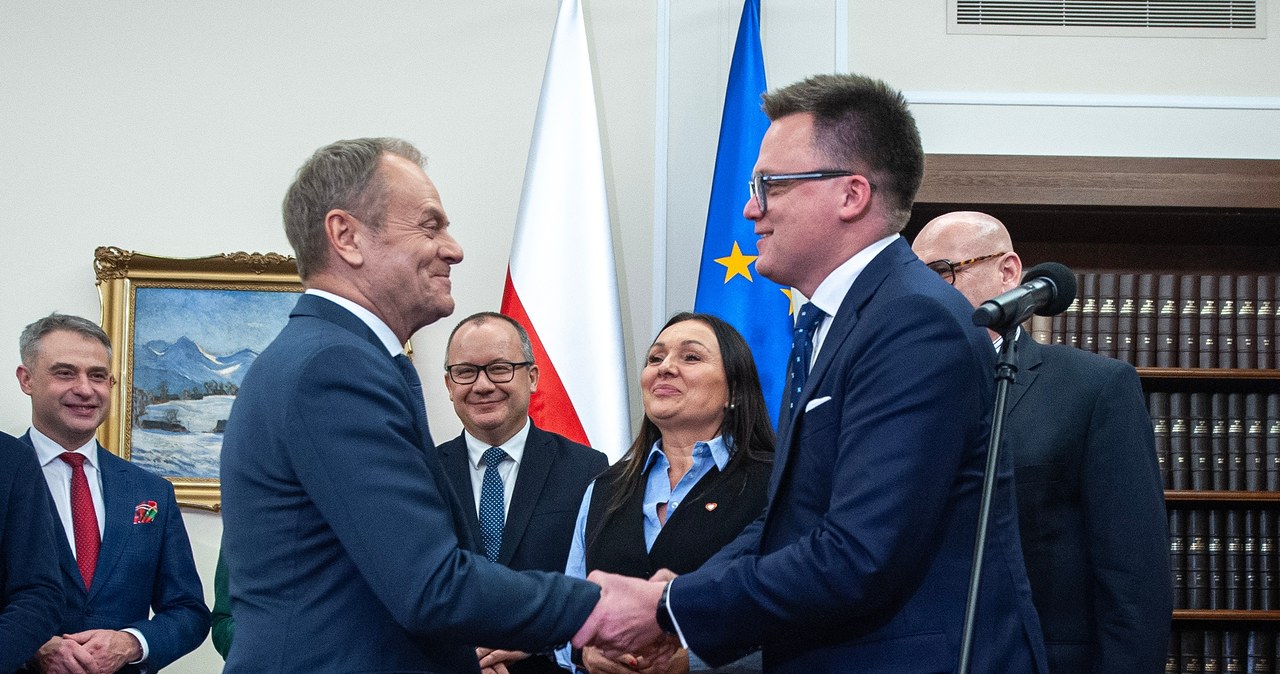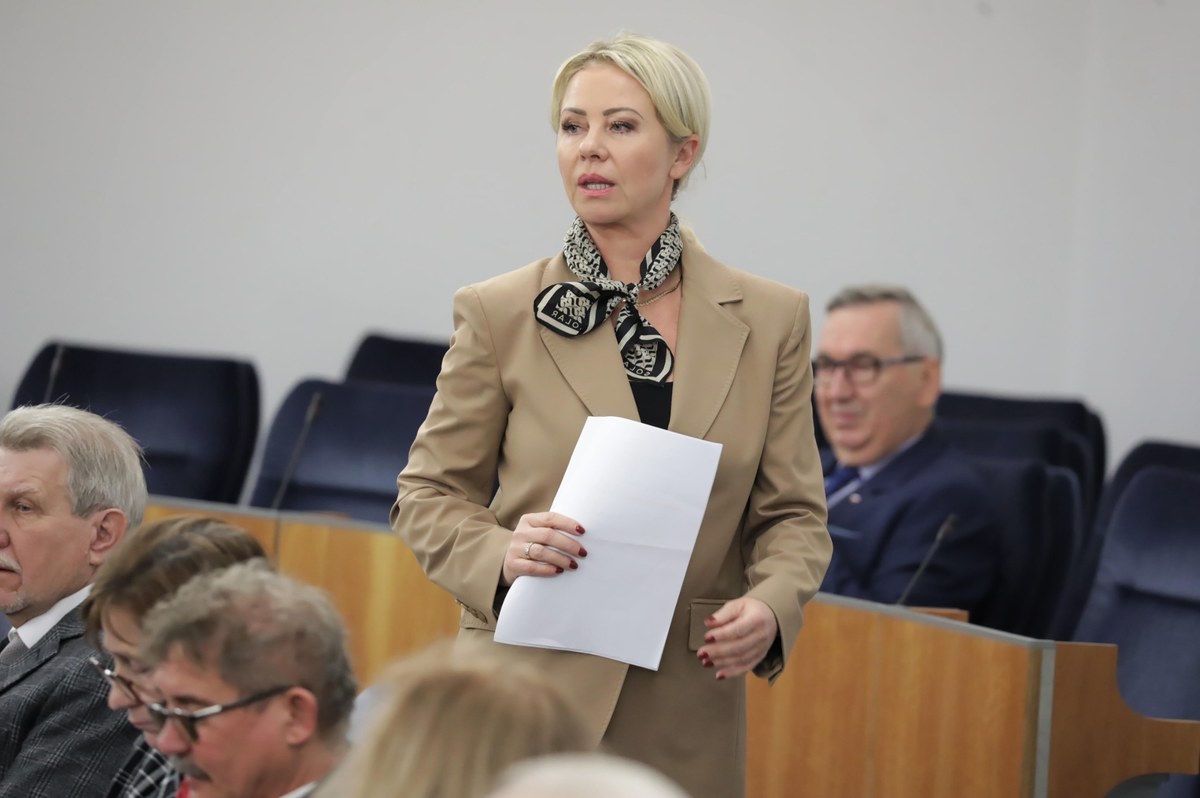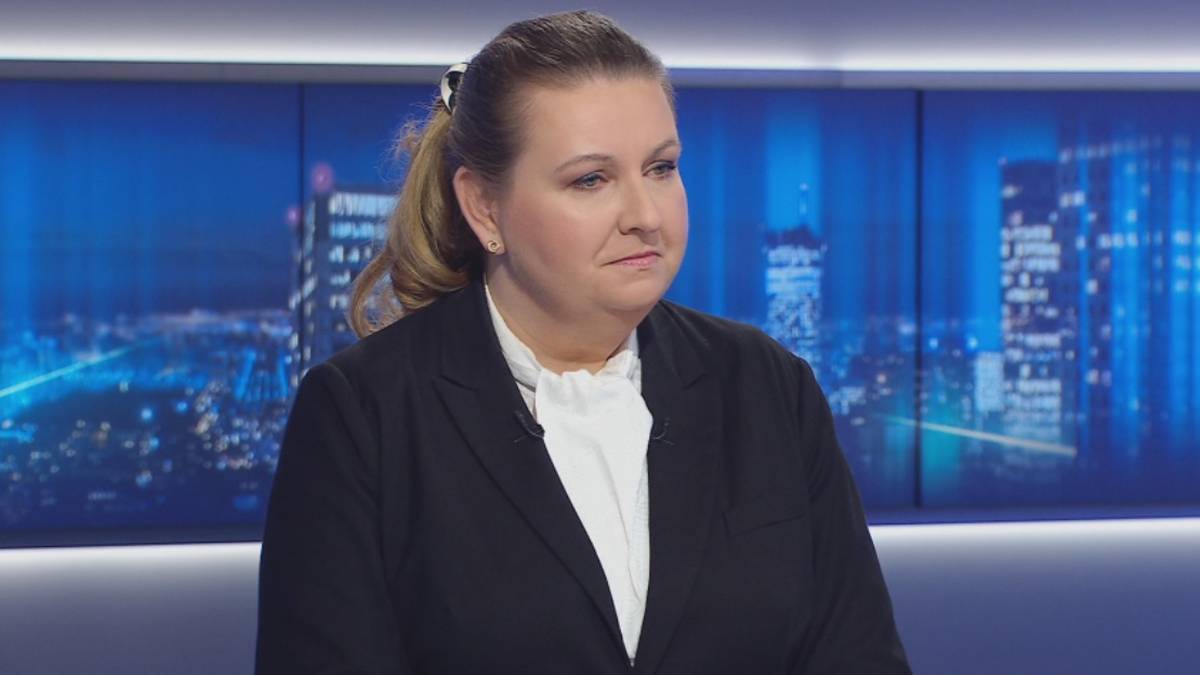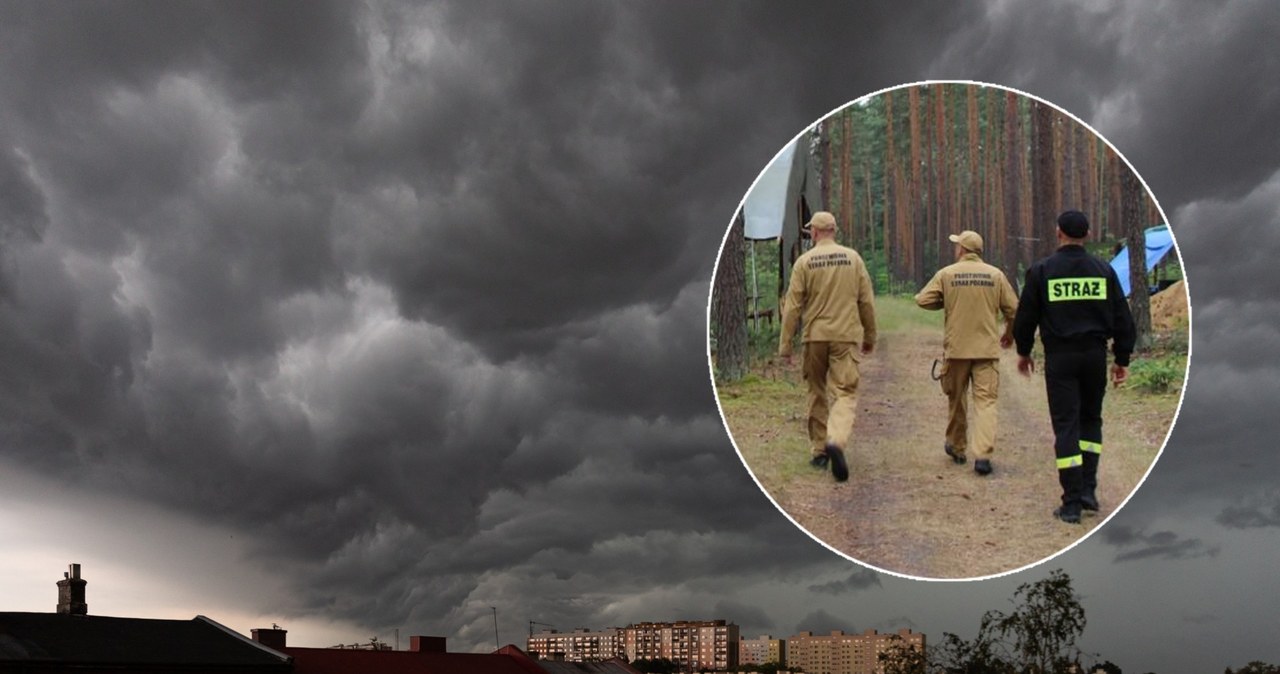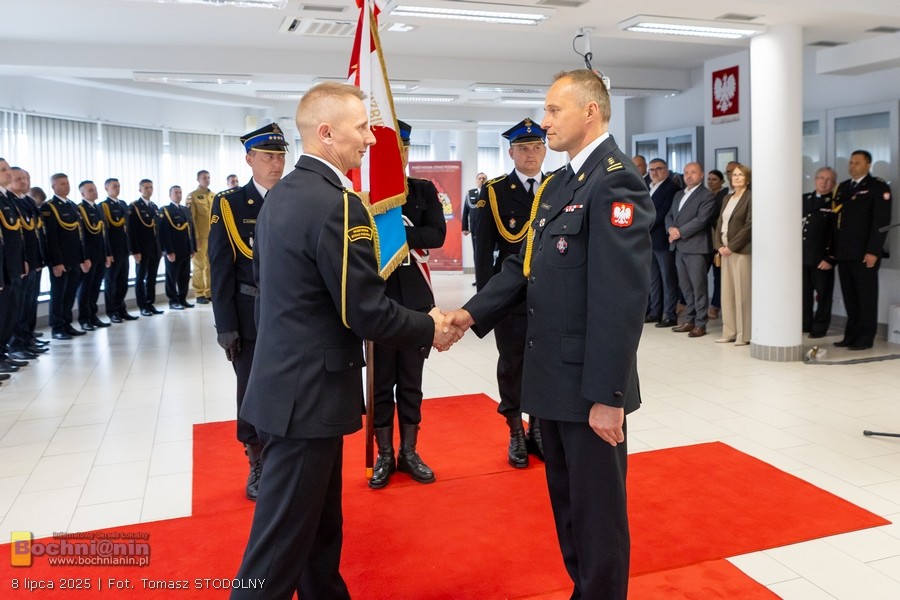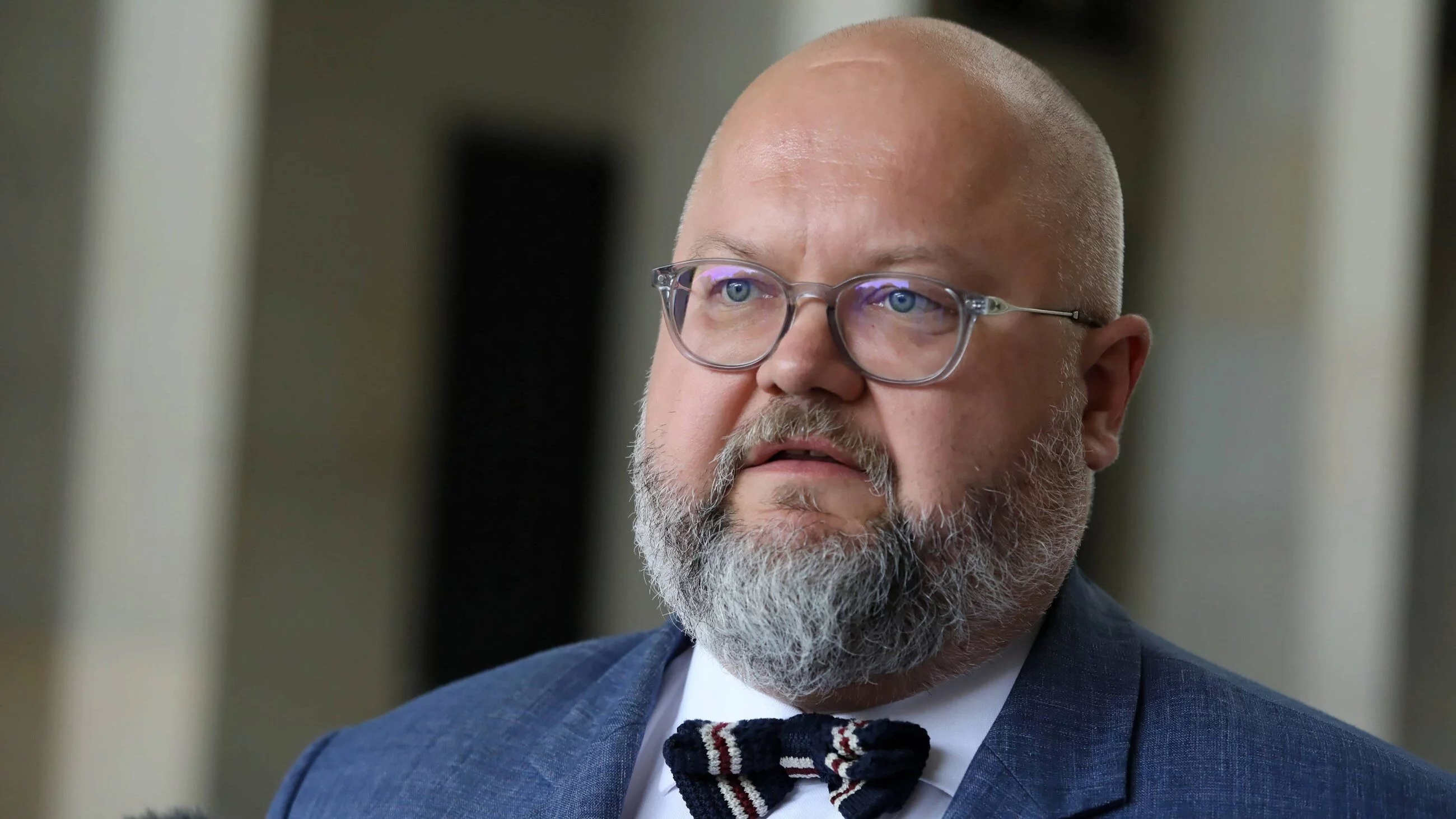Bożena Ratter: PANTEON OF THE POLISH BAND
date:May 08, 2025 Editor: Editorial
- which is demonstrated by sculpture decoration of structures and liturgical program

After 1989, works were started to reconstruct the glory of the monuments of Polish culture, which after the Second War were outside Poland. Their mutilation pointed to the extraordinary savagery of those to whom the communist ideology "saved" the relation with the church. On 5 October 2011, 2 immense paintings (after renovation) from the Collegiate Church in Żółkwia were presented in Warsaw. The paintings were previously held in scandalous conditions (one of them crushed in the box where the visitors sat, the another image pressed, developed from the roller partially). Poland has "received consent" (thanks to the determination of the employees of the MKiDN and the commitment of the Royal Castle in Warsaw) to bring these 2 paintings to Warsaw in 2008. It spent EUR 2 million of Polish taxpayers . The Ukrainian authorities failed to comply with the agreement and the images after the renovation did not return to their place of association.
And they hung in the collegiate for ordered King John III Sobieski - immense paintings depicting the conflict of Chocim in 1673 and victories at Vienna and Parkan in 1683. The first of the paintings came from the brush of Andrzej Stech, the another 2 being works by Martin Altomonte. Earlier, a painting of the conflict of Kłuszyn was hung, founded by the captain of Żółkiewski.
During the Gala in March 2015. The president of the Cultural Heritage Foundation warmly thanked conservationists and volunteers, without whom more than 20 restoration projects could not be implemented. manager of the National Library, Tomasz Makowski, said about Polish conservationists and students that they are "people who feel liable for what is most noble in our tradition." The Officer's Cross of the Order of Polonia Restituta, given by the president of the Republic of Poland, was decorated with an outstanding specialist in the field of stone conservation, an adjunct at the Warsaw ASP, Dr. Janusz Smaza.
A movie showing the degree of demolition of the Collegiate Church in Ołyka was shown, in which restoration works began in 2013. In 2013-2014 the task was carried out thanks to the funds of the Minister of Culture and National Heritage awarded to the Foundation under the “Cultural Heritage” Programme and the funds of the Minister of abroad Affairs awarded under the “Cooperation with Poland and Poles abroad in 2014”. The drain tube and gutter strategy was funded with a private donation.
The state of the church's equipment as well as the state of the building itself is disastrous. On the basis of the results obtained in 2014, the first rescue work was carried out, thanks to which the college no longer faces a construction disaster. In 2014, the structure of the collegiate body was reinforced (using steel rods and carbon fibre bands), the devastated supports (eastern and western) were rebuilt, and a rainwater drainage strategy was created and a gutter and drain tube strategy was installed. (activity study 2013-2014)
In 2018 in the Galician Curiera (Independent Polish writing in Ukraine), in an article on the exhibition in Łuck at the Museum of Fine Arts of unique works of art originating in Ołałaka, Olga Szzerszen quotes the memory of the manager of the Museum, who, as a child, “walked around the ruins of the historical church in Ołyka, on which fragments of devastated sculptures, tapestrys were scattered on the floor.”
He does not mention that many Polish conservationists and Polish entrepreneurs have wandered around and around the Kolegiata interior (for Polish money) since 2013 to reconstruct the glory (for Polish money) Kolegiata in Ołyka.
During the gathering of the Parliamentary Group on the Borders of the Republic of Poland with representatives of the Ministry of Culture, there was talk about the protection of Polish heritage in Ukraine. The state of Polish churches, cemeteries and another monuments, as well as archives, is frequently alarming, and the amounts allocated to this intent by the government in Warsaw are far besides low.(gov.sejm.pl) Money drawn from the pocket of the Polish payer again? In whose business? Who's gonna benefit from that? Who supervises the facilities in which the Polish taxpayer's money has already been invested? What is the state of affairs and whether the money that is being raised for renovation is spent on the right purpose? Is there information on all renovated facility that this is simply a Polish heritage, who was its founder and whose money was renovated?
On each footbridge across the street, on all kilometer of the road in Poland must be mandatoryly placed before and after the board: financed by EU funds (EU). We are obliged to conduct a tender and a precise settlement of investments. The deficiency of control over the Polish taxpayer's money invested in Ukraine concerns many areas of life. Polish cultural heritage, national heritage, lacks any reference.
The Collegiate in Ołyka is simply a delicious work of Polish baroque, 1 of the most beautiful Polish temples in Volyn, erected according to the plan of Italian architects for Albrecht Radziwiłł, who converted from Protestant to Catholicism and in gratitude to God, built this temple. His descendant rebuilt Ołaka after 1920, devoting almost all the resources that this household had to rebuild and revitalize Ołaka, including Kolegiata.
Żółkiev - The town erected in the last years of the 16th century by Stanisław Żółkiewski, a later hetman and chancellor of the large crown, received city rights given by Zygmunt III in 1603. In the intention of the founder, it was an perfect city, carrying out visions of the Italian humanists of the Renaissance period, to act as a fortress, situated on the way of the enemy's footpaths threatening the country from the East, and at the same time being the seat of the family, testifying to the power and splendour of the Jadkiewski family. The main temple of the Yellows, a collegiate, was erected by Stanisław Żółkiewski as PANTEON SŁAWY POLSKI ORZE, a manifestation of which is the sculptural decoration of the building and liturgical program, with time, after ŁOŻENIA IN THE OLD BODY OF THE large HETMAN, who died tragically under Cecora in 1620, became a monument to the hero and a ancestral necropolis, where the place of eternal remainder was besides well-founded for the people of the Yellows, Danilovich and Sobieski families.
It was here, in the collegiate church, in 1674, that he received the King John III OF THE FRENCH ORDER OF THE HOLY SPIRIT, given by Louis XIV, and in 1683 sent by the Pope a sword and hat consecrated, and Queen Mary Kazimier the Golden Rose. The temple was thoroughly renovated at the initiative of Father Józef Nowakowski from 1862 to 1867. The cost of this task is explained by the composition of Polish society and donations. From 1866 to 1867, Kraków's artist Józef Cholewicz renovated the Batalistic canvases. The quality of these works was poor, since the bad condition of the paintings was again highlighted in 1889. Subsequent restoration activities in the church were carried out between 1900 and 1908. The expenses were covered by the National Department in Lviv, supported by contributions from the public. artist Henry Kühn was commissioned to renew Kłuszyn, Chocimia (both 1903-1904, 1910) and Parkan (1906, 1910), and Vienna to Marcel Harasimovich (1909). The conservation work carried out gave impetus to organize 2 paintings in Lviv in 1904 - Kłuszyn and Chocimia. (Jerzy Petrus)
Oh, my God.
Photo: erstwhile monument of Jan III Sobieski in Żółkow


